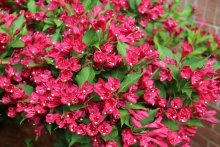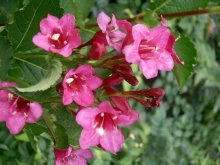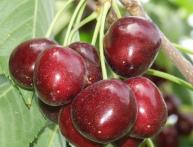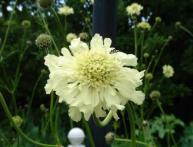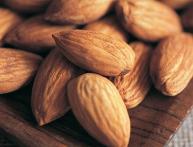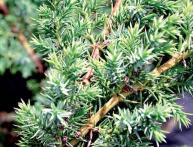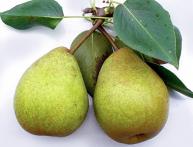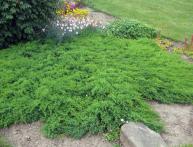A variety of weigela varieties in your garden
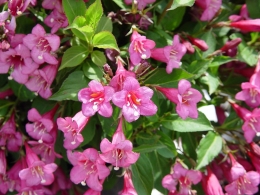
Weigela is a beautiful ornamental plant, which is a type of honeysuckle. Spreading bushes weigels with beautiful unusual flowers they are used in landscape design, they decorate gardens, are planted in garden plots, and planted near the house. Breeders have developed many different varieties of weigela, each species differs in the shape and color of the flowers.
Content
- General characteristics of the plant
- Weigela early and Weigela Midendorff
- Weigela flowering and Weigela japonica
- Weigela pleasant and Wegela garden
- Hybrid varieties
- Application in landscape design
General characteristics of the plant
The weigela plant was bred by the German botanist Weigel, after whom it was named. There are 15 main types of this plant, of which only seven are the most popular. In addition, breeders have developed several hybrids and highly decorative varieties.
Selected varieties and hybrids are often used for decorative purposes. In the wild, the plant grows in areas of Southeast Asia and the Far East. A distinctive feature of the shrub is its ability to change its color during growth from light to dark tones towards the end of flowering.
The most common pure varieties include the following types of weigela:
- Weigela Middendorff
- Japanese
- nice
- early weigela
- Korean
- blooming
Flowers can have a variety of colors: from delicate shades to rich bright red. Weigela blooms twice a year.Once in the spring - in May, another time in the fall - in early September. Flowering duration is 20 days, some varieties can bloom throughout the month. The Russian climate is well suited for growing different types of this plant.
Weigela early and Weigela Midendorff
Early weigela bushes can reach up to two meters in height. This variety has a very dense crown. The branches of early weigela are densely covered with foliage. Under the mass of leaves, the stems themselves are practically invisible. The flowers have delicate light purple shades. They are collected in two or three pieces on the side shoots.
Early weigela is the most popular variety among gardeners. It blooms very early, as the name of the plant suggests. The flowering period can last up to 30 days. It is used to create hedges that do not need to be cut.
Weigel Midendorff
This variety is compact in size; it grows up to 1.5 meters in height. Its height does not exceed one and a half meters. The plant has a neat crown, which is decorated with yellow flowers with orange spots, the leaves are pubescent along the veins. The bush blooms until frost. Bushes planted in groups, single plantings are also acceptable.
Weigela flowering and Weigela japonica
This plant is unpretentious, but it does not tolerate frost and cold and loves sunny places. For the winter, the bushes need to be insulated. Blooming weigela is not very tall; usually, it grows no higher than a meter. Flowering weigela combines well with other flowering plants and is used as hedges. Single-planted bushes also look good; the plant looks especially beautiful during flowering.
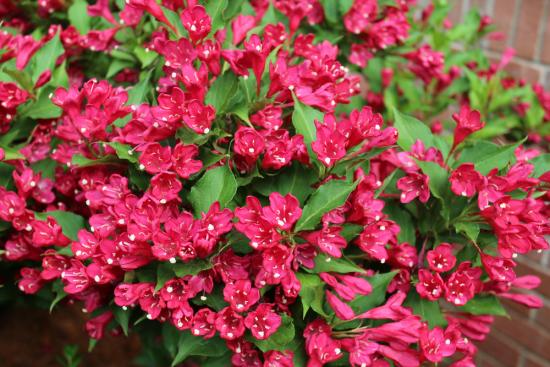
Weigela japonica
A low shrub with oval leaves pointed at the top and flowers in the form of bells, no more than 3 cm in size. The plant does not tolerate frost well. Japanese weigla arrived in Russia from the Japanese mountains, where it grows wild. This species is suitable for regions with warm climates, since harsh winters can kill Japanese weigela.
Weigela pleasant and Wegela garden
This type of bush belongs to wild plants. Weigela pleasant grows mainly in the Primorsky Territory, Sakhalin, and the Kuril Islands. This is a low shrub with medium-sized funnel-shaped pink-violet flowers. The flowers are placed on the end part of the lateral shoots. The flowering period occurs in spring and autumn.
Weigela korean
This variety can reach impressive sizes. Garden weigela bushes grow up to five meters in the wild; in cultivation the plant does not grow higher than 1.5 meters. Flowers measuring 3.5 cm change color during flowering from pale pink to bright carmine.
Krei weigela does not tolerate cold weather. It will need to be covered for the winter.
Weigela garden
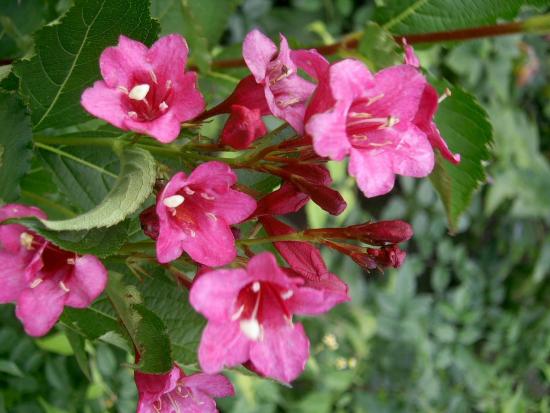
The plant comes from Japanese deciduous forests. This is a low-growing shrub, the height of which is no more than one meter. The leaves sit on short petioles, the flowers have a tubular-bell-shaped shape. The flowering period is quite long. At this time, a huge number of flowers appear on the bush. The plant does not have time to shed its foliage in winter, so it overwinters with it. This fact is a distinctive feature of this variety.
Hybrid varieties
In addition to pure varieties, hybrids are actively used in landscape design.Breeders have bred several dozen hybrid forms of this shrub. Hybrid varieties are obtained by crossing the main varieties of plants. Most Popular hybrids are:
Rosea, this variety appeared as a result of crossing the Korean and flowering varieties, the bush is distinguished by large, beautiful flowers of a pale pink color, the variety withstands cold well and is a winter-hardy species;
the hybrid variety Gustav Malle was obtained by crossing flowering and Korean weigela, it is a fairly tall shrub, it reaches more than two meters in height, the flowers are very large, 5 cm in size, and have an original color: the predominant color is pink-carmine, with white edges border;
Eva Ratke was bred in Poland, the variety was formed by mixing Korean and flowering species, the bush is not tall, is distinguished by tubular shiny flowers, and tolerates winter only with shelter and additional protection from frost.
Breeders annually develop new varieties. They developed a special unique variety called Carnival. The hybrid is distinguished by the presence of flowers of different colors on one bush: from light white to rich purple. Hybrid varieties, as a rule, are taller, have large flowers and are distinguished by original decorative qualities.
Application in landscape design
Weigela has spectacular flowers, its leaves have different shapes and colors, all this allows it to be used for landscaping and decorating areas. Designers create original compositions from these bushes. Weigela looks very impressive as a hedge. To do this, it is necessary to maintain a certain distance between the bushes.
Low-growing varieties are ideal for creating alpine slides. Flowering bushes stand out beautifully against the background of conifers or near tall trees. With the help of bushes you can create mixborders. For these purposes, low varieties are chosen, and the plant can be supplemented with the help of delicate iris, dwarf onions, any early flowering plants will do.
Weigela shrub on video:

